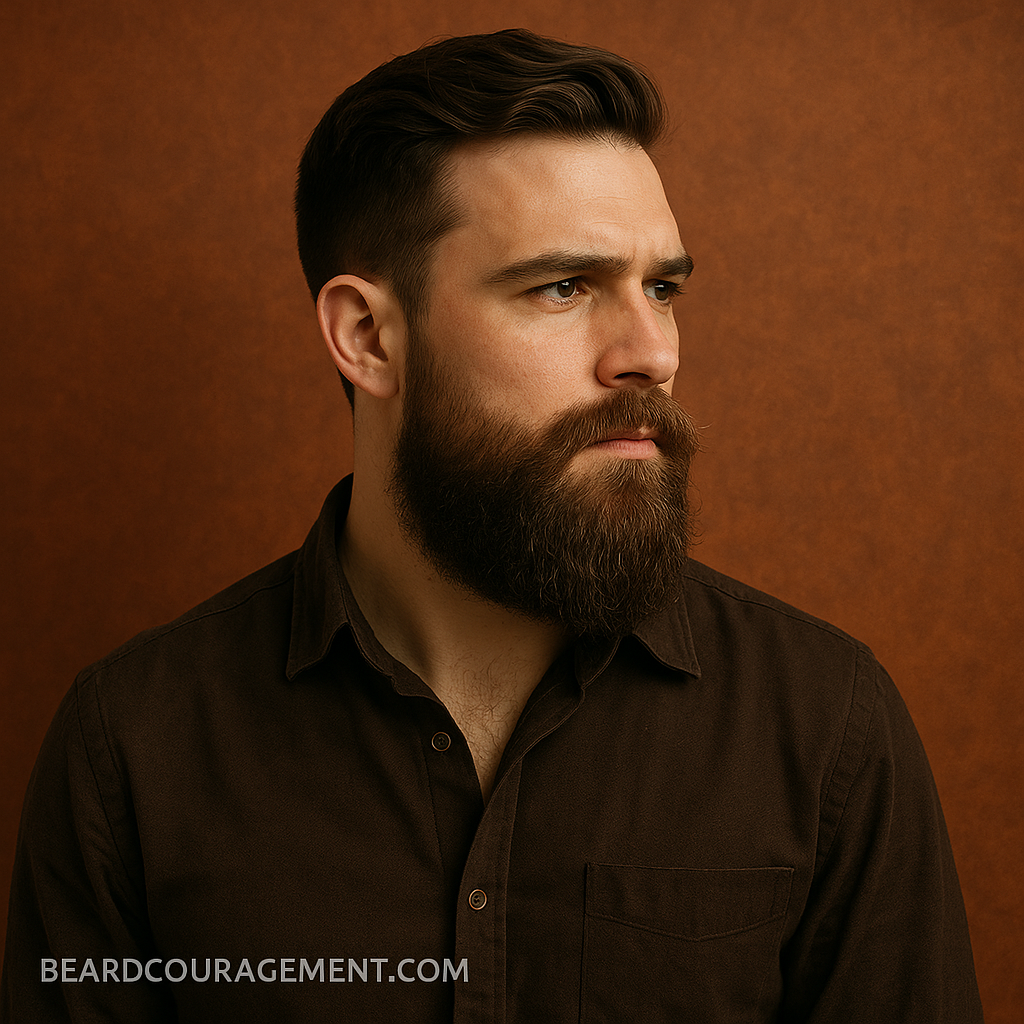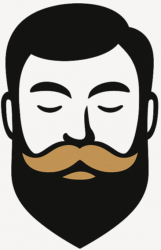
Few fashion movements defined masculinity in the modern era quite like the beard revival of the 2010s. After decades of clean-shaven dominance, the decade saw a sudden—and lasting—resurgence of facial hair across cultures, professions, and age groups. From Hollywood icons to everyday professionals, beards became a symbol of individuality, maturity, and authenticity.
So how did this “Beard Renaissance” happen, and what made it stick?
From Clean-Cut to Cultured: A Shift in Masculine Aesthetics
For much of the late 20th century, clean-shaven faces were the gold standard for professionalism and success. Corporate culture, advertising, and even Hollywood reinforced the image of the smooth-faced man as modern, disciplined, and trustworthy.
But as the 2010s approached, social values began shifting. The rise of creative industries, remote work, and personal branding allowed men to express themselves more freely. Suddenly, ruggedness was no longer seen as unkempt—it was authentic.
Facial hair became a reflection of confidence, creativity, and self-acceptance. Beards re-emerged not as rebellion, but as self-expression.
The Influence of Hipster Culture
No discussion of 2010s beard culture is complete without mentioning the hipster movement. What began as a niche subculture of artisanal coffee shops, vintage aesthetics, and indie music soon shaped mainstream style.
The beard—often paired with rolled-up sleeves, suspenders, and tattoos—became a visual shorthand for craftsmanship and individuality. Cities like Brooklyn, Portland, and Austin led the way, but the look spread globally.
The hipster beard wasn’t just about fashion; it carried symbolism. It represented a rejection of mass production and a return to authenticity—values deeply rooted in the decade’s broader cultural trends.
The Celebrity Effect
Celebrities played a huge role in normalizing beards again. Actors like Jake Gyllenhaal, Chris Evans, and Jason Momoa brought rugged sophistication back into mainstream media. Athletes and musicians followed, turning beards into aspirational symbols of modern masculinity.
Television shows like Game of Thrones and Vikings also romanticized the beard as a symbol of strength and tradition. Even major brands began featuring bearded men in advertising campaigns for fashion, grooming, and lifestyle products.
By the mid-2010s, the beard was no longer an outsider statement—it was the new normal.
The Rise of Beard Grooming as an Industry
As more men grew beards, an entire grooming economy was born. Small businesses and startups began producing beard oils, balms, combs, and washes—many of which later became household names.
Beard grooming evolved from a niche hobby into a mainstream market worth billions globally. Men no longer just “grew” beards—they maintained them. The emphasis on hygiene, hydration, and styling elevated beards from a trend to a lifestyle.
This grooming revolution also changed perceptions of masculinity. Taking care of one’s beard wasn’t vanity—it was self-respect.
Beards and Identity
The Beard Renaissance also reflected deeper conversations about identity and authenticity. Men began to question traditional standards of beauty and professionalism. Facial hair became a subtle act of resistance against conformity—a way to redefine what success looked like.
In creative fields, beards symbolized individuality. In corporate spaces, they represented confidence. Across all cultures, they reclaimed a sense of natural masculinity that had been subdued in previous decades.
The Legacy of the 2010s Beard Boom
Even as trends evolve, the beard’s 2010s revival left a lasting mark on culture and commerce. Today, beards are no longer a statement—they’re a staple. From minimalist stubble to full Viking-style growth, facial hair continues to be an extension of personal identity.
The 2010s taught men that grooming wasn’t about meeting expectations—it was about defining your own.
Final Thoughts
The Beard Renaissance of the 2010s wasn’t just about hair—it was about expression, self-care, and a new understanding of modern masculinity. It reshaped fashion, redefined grooming, and inspired confidence in millions of men worldwide.
What began as a trend became a movement—and that movement changed the face of a generation.
